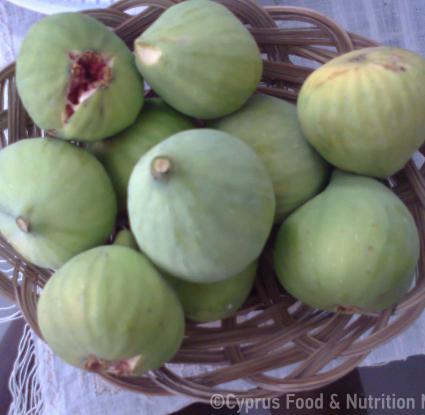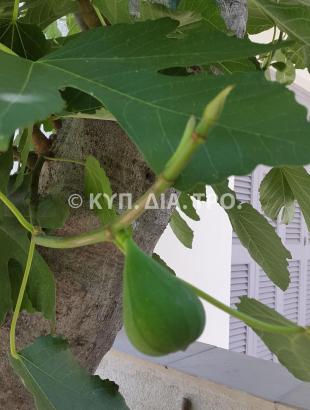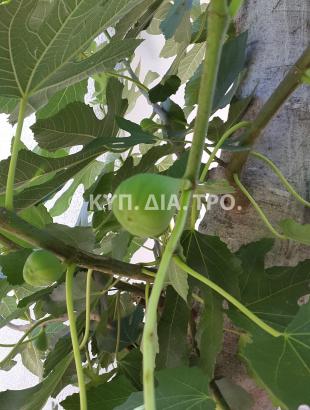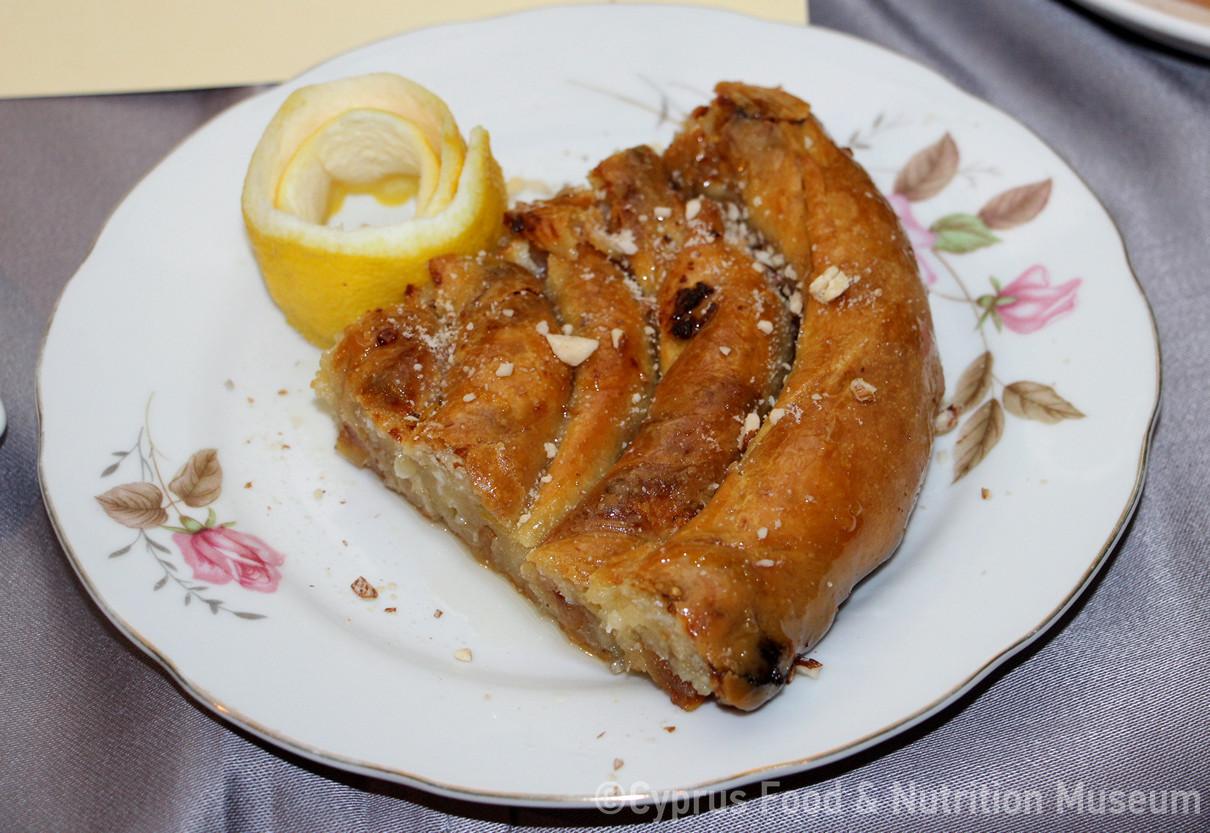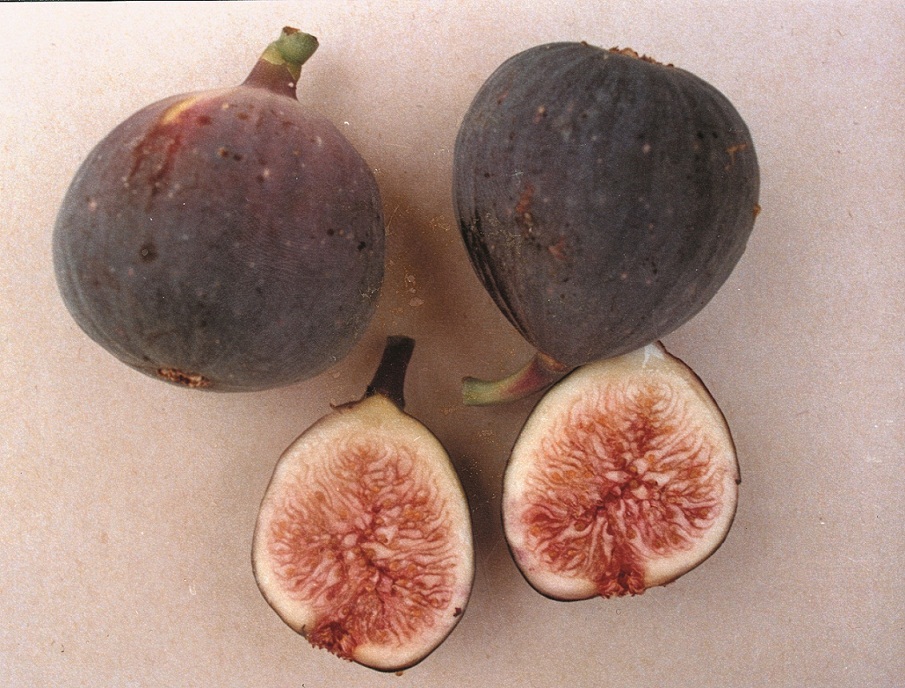A variety of figs. Vartika figs are large, pear-shaped, and are considered extremely tasty.
Name - Origin
A variety of figs. Vartika figs are large, white-green on the outside and red on the inside (Kypri 1983 [2003²], entry βάρτιτζ̆ η,η, 136).
ETYM. βάρτουλον (vartoulon) < Arab. wardi, meaning rosy (Yangoullis 2009, article βάρτενον - βάρτικον,το, 94 and article βάρτουλον,το, 94)
Ioannis Erotokritos in his Glossary notes that the word is used only for the figs of Smyrna, which are red inside and have a sweet and sour taste (Kypri 1989, entry βάρτικα,τα, 352).
The fig tree variety is called vártitz̆i (Yangoullis 2009, entry βάρτουλον,το, 94 and Kypri 1983 [2003²], entry βάρτιτζ̆ η,η, 136) and βαρτουτζ̆ιά (Yangoullis 2009, entry βάρτουλον,το, 94).
Functional and symbolic role
Vartika figs are considered delicious (Kypri 1983 [2003²], entry βάρτιτζ̆ η,η, 136).
Additional information and bibliography
In Cyprus there are many kinds of fig trees. The main ones are:
- The vasanati with fine figs, which have an aubergine colour.
- The laetz̆ani with pale green figs.
- The vartitz̆i with large pear-shaped figs.
- The kourkaditzi with small black figs.
- The andelounitži with small pale green figs.
- The winter fig tree with small pale green figs, which ripen in
early winter.
- There are also Tillyrissima figs, large and sweet, which are sold as packaged figs (Papacharalambous 1956, 101-102).
Yangoullis K. G. (2009), Thesaurus of the Cypriot Dialect. Interpretative, Etymological, Phraseological and Nomenclatural Dictionary of the Medieval and Modern Cypriot Dialect, Library of Cypriot Folk Poets,70, Theopress Publications, Nicosia.
Kypri Th. D. (ed.) (1983 [2003²]), Materials for the compilation of a historical dictionary of the Cypriot dialect, Part B, Glossary of Xenophon P. Pharmakides, Publications of the Centre for Scientific Research, IX, Nicosia.
Kypri Th. D. (ed.) (1989), Materials for the compilation of a historical dictionary of the Cypriot dialect, Part C, Glossary of Ioannis Erotokritos, Publications of the Centre for Scientific Research, XIV, Nicosia.
Papacharalambous G. Ch. (1956), «Η συκή εις την κυπριακήν λαογραφίαν», Cypriot Studies XI (1955), 99-104.
Stalo Lazarou, Ivi Michael, Petroula Hadjittofi, Argyro Xenophontos

